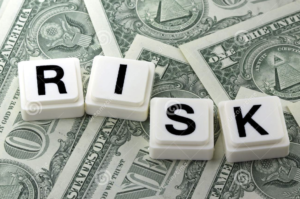Investor Confidence Rebounds in July
Posted by Colin Lambert. Last updated: July 29, 2022
In what might be considered a surprise given how markets have behaved in recent weeks, the latest State Street Global Investor Confidence index (ICI) not only rose strongly in July, but went above the 100 level which signifies investors likely to increase their long-term allocations to riskier assets.
The Global ICI increased to 102.2, up 8.0 points from June’s revised reading of 94.2. The increase was led by an 8.1 point rise in North American ICI to 104.5, and, to a lesser extent, a 4.4 rise in Asian ICI to 93.2. European ICI, which was restated to a value of 85.0 in June after what State Street says was a production issue, also rose marginally in July, up 0.7 points to 85.7.
The Investor Confidence Index was developed at State Street Associates, State Street Global Markets’ research and advisory services business, in partnership with FDO Partners. It measures investor confidence or risk appetite quantitatively by analysing the actual buying and selling patterns of institutional investors. The index assigns a precise meaning to changes in investor risk appetite: the greater the percentage allocation to equities, the higher risk appetite or confidence. State Street says the index differs from survey-based measures in that it is based on the actual trades, as opposed to opinions, of institutional investors.
“Investor confidence bounced significantly in July with the global index moving back above 100 for the first time since February,” says Lee Ferridge, head of multi-asset strategy, the Americas for State Street Global Markets. “The North American series continues to lead the way rising by over 8 points, while the Asia index increased by 4.4 points. Sentiment towards European markets remains the laggard, however, rising just 0.7 points as, despite the recent decline in oil prices globally, ongoing concerns over the impact of the Ukraine conflict continues to render European investors cautious.
“Global sentiment has been boosted by hopes that central bank rates will not need to rise as much as previously feared, as activity data shows signs of slowing,” he adds. “Whether the much hoped for soft-landing can be achieved, however, remains a major uncertainty.”

